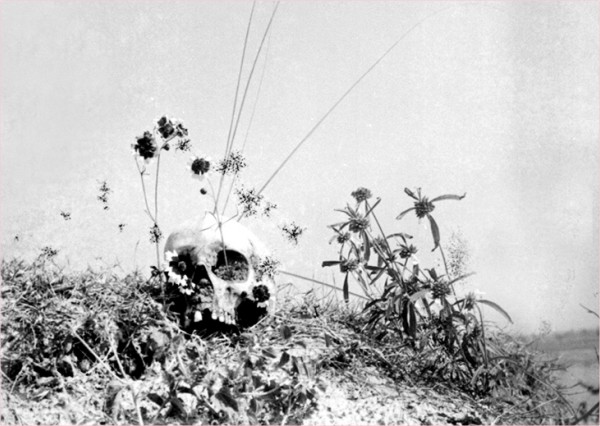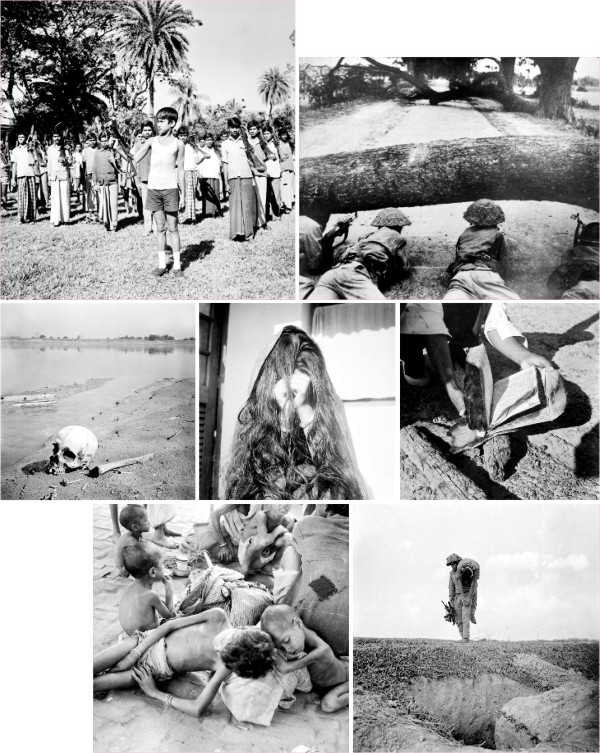
Inside
|
|
Undefeated Bangladesh Naib Uddin Ahmed was more than a legend in the field of Bangladeshi photography, he was the scale by which all others are measured. That is a lot to say of a man who never took a picture after documenting the atrocities of '71. After passing away in late 2009 he may have finally put his camera away, but his legacy lives on in his images of the land he lived, breathed and died for. We reprint this photo feature as a tribute to the great photographer, who will forever be missed. WITH the Rolleiflex Camera, I wandered from one killing field to another taking photographs. So many dead bodies eaten by the vultures and foxes! I had wanted to photograph one particular sequence, but I could not. Along the bank of Brahmaputra River, the Pakistani forces would shoot Bangalis standing in queue. The water of the Brahmaputra would move with the roars of the rifles. The blood of the freedom fighters would mingle with the red colour reflected in the water from the setting sun. How many days have I seen this from a distance… I could not preserve this in my camera since I did not have a good tele lens. But those bloody sequences are preserved in the memory through the black and white lenses of my two eyes. The dead bodies would appear floating in the chars. Even now, when I look at the water of the Bahmaputra, I can see the shadow of those dead bodies. Hiding the camera in the piles of grass of grass suppliers, I photographed the Pakistani forces patrolling. At times I waited hours after hours hiding in the depth of the common reeds (kashbon). I cannot control myself even now when I remember the senseless, blood-spattered Shahana. The helpless shouting of Shahana in the hospital still echoes in my head. And the cry of her parents… I still can still see Shahana tearing her hair like mad and shouting "save me." As if she was not alive any more; as if she died. Tears well up in my eyes when I look at her. I wish I could cry loudly, but I cannot. My heart cries. Only a few days ago, she told me, "Naib Uncle, the chars of the Brahmaputra are now full of white reed flowers (kash phul). You'll take my picture there. If you do that, I'll sing a song for you: 'we've tied the bunch of kash'." In 1971, I have seen much of the destruction, and torture and brutality of the Pakistani occupiers, their associates and the collaborators. I have seen the suffering of the terrified and suffering of the refugees. Moreover, we saw the compact and united language movement of 1952, the protests and movement for autonomy by the people of this country between 1959 and 1969, and the sparks of the mass uprising in 1969. We heard the historical speech of Bangabandhu on March 7, 1971, the speech that stood up to Pakistani tyranny. We heard the Joy Bangla slogan of the freedom loving people, the slogan that soared across the sky and air. We saw the mass resistance from people, fighting, and the tales of heroism of freedom fighters. This face of my Bengal, this Bengal is the undefeated Bengal.
|

